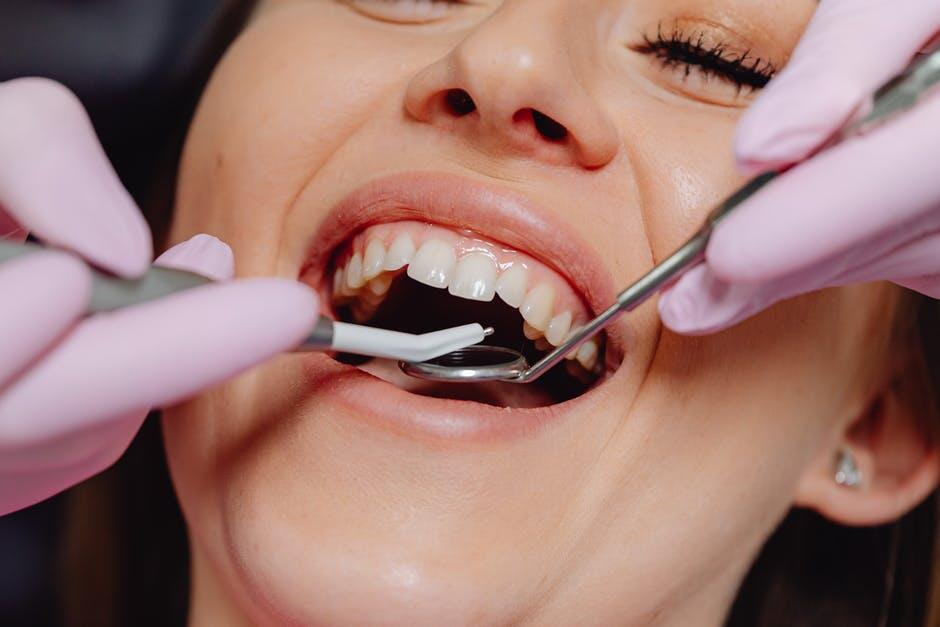
06 May What Can a General Dentist Do to Fix a Broken Tooth?
According to the Annals of Emergency Medicine, around 2 million emergency department visits each year are due to dental pain.
A broken tooth is one type of emergency. When it happens, you may wonder, “What can a general dentist do?”
You may be anxious about whether your tooth can be saved and the possibility of losing it. You could also be unsure about treatment options and how to choose the best one for you.
Don’t panic; there are solutions. Keep reading to learn how a dentist can help fix a broken tooth and restore your smile.
Understanding the Types of Broken Teeth
A broken tooth can happen in many ways and affect your mouth differently. It could be a:
- Minor chip
- Deep crack
- Large fracture
- Piece that breaks off
- Tooth split down the middle
Each type of break is different and may not always be easy to spot. Some are clear right away, while others cause pain or swelling without any visible damage. The type of break you have can significantly influence the treatment your dentist will recommend.
The location of the break also matters. A front tooth can alter your smile, whereas a back tooth could affect how you chew. No matter the type, a broken tooth often needs quick dental emergency care to prevent more damage.
What Can a General Dentist Do?
When a tooth breaks, your first step is to schedule an appointment with your dentist as soon as possible. A general dentist is well-equipped to handle most cases of broken teeth and can provide a variety of treatment options.
Dental Bonding
Dental bonding provides a quick solution for repairing minor chips or cracks in your tooth. Your dentist uses a soft, tooth-colored resin that matches your natural shade. The material is shaped to fit the damaged area, then hardened with light.
It seals the break and helps your tooth look whole again. Bonding works well for front teeth and spots that don’t take much pressure when chewing.
The process is simple and often done in one visit. It also helps protect your teeth’s health by sealing out bacteria and stopping the damage from getting worse.
Dental Veneers
Veneers are thin shells made to fit over the front part of your tooth. Dentists often use them when a tooth has surface damage that affects your smile. Veneers help the tooth look smooth again and cover:
- Chips
- Cracks
- Worn edges
- Uneven surfaces
They are made to match the color of your natural teeth. Most dentists use them on front teeth where looks matter most.
Veneers are one of the most common cosmetic dentistry solutions. They protect the tooth underneath and help you feel more confident about your smile.
Dental Crowns
A crown serves as a custom-made cap that effectively covers a broken or weakened tooth. It protects the tooth from more damage and helps you bite and chew with comfort.
Our dentists use crowns when a large part of the tooth is missing or cracked. The crown fits over the tooth and is shaped to align with your bite.
It looks like a real tooth and can last for many years. Crowns are one of the most trusted tooth restoration options offered by general dentists today.
Root Canal Therapy
You may need root canal therapy if the break reaches the pulp – the soft tissue inside your tooth. The pulp holds nerves and blood vessels, and damage there can cause pain or lead to infection. Root canal therapy removes the damaged pulp and seals the area to preserve the tooth.
It helps save your natural tooth and eases dental health concerns. To learn more, talk to one of our experts at McIlwain Dental Specialists – we can refer you to a trusted endodontist.
Dental Implants
Sometimes, a tooth breaks so severely that it cannot be saved. In such cases, the dentist may need to remove it. After removal, a dental implant can replace the lost tooth.
The implant has two parts – a small metal post and a crown on top. It looks and feels like a real tooth so you can chew, speak, and smile without worry. Expert dental care helps make the process safe and smooth.
Tooth Reattachment
If a piece of your tooth breaks off, keep it safe and visit a dentist immediately. In certain cases, our dentists may be able to reattach the broken piece. This depends on how clean the break is and how quickly you act.
The sooner you get help, the better your chances.
Avoid touching the root or scrubbing the piece. Reattachment can help restore your smile without the need for additional dental work. Our dentists will check if the tooth and fragment still fit well together.
Onlays or Inlays
Onlays and inlays are special pieces made to repair a broken tooth. They are custom-made to fit your tooth shape. Dentists use them when the damage is too large for a filling but too small for a crown.
An inlay fits inside the tooth, between the edges. An onlay covers more of the tooth, including one or more edges. Both are strong and can last for many years.
They help protect your tooth and bring back your normal bite. Your dentist will decide which one fits best after checking the damage. They offer a strong and natural-looking repair.
What to Do When You Break a Tooth
A broken tooth can affect your bite, smile, and comfort. It’s important to seek treatment as soon as possible. Our expert dentists are here to help!
Treatment options, including bonding, veneers, crowns, and implants, depend on how bad the damage is. Every break is different, and so is the care it needs.
With over 40 years of experience, the doctors at McIlwain Dental Specialists know how to spot issues early—before they become bigger problems. We focus on personalized care and comfort every step of the way, offering options like sedation when needed.
Let us help you protect your smile for life. Call or visit us today.


